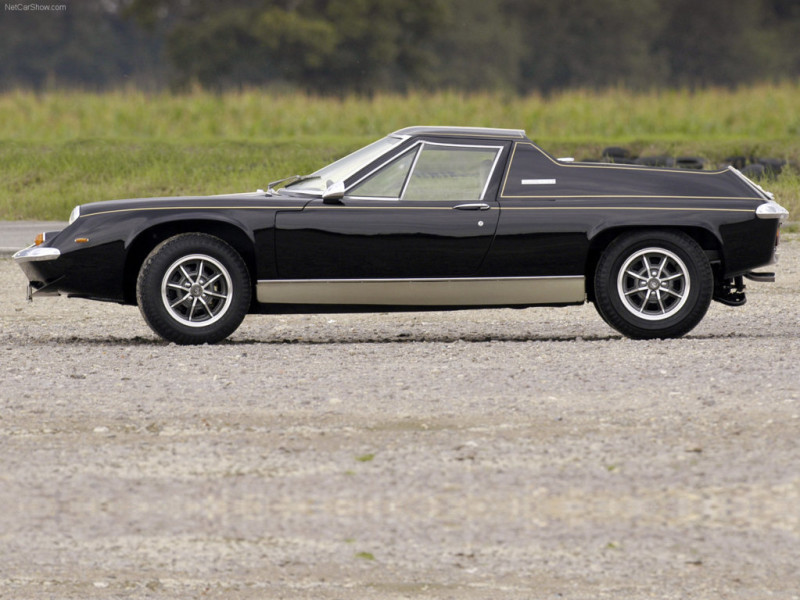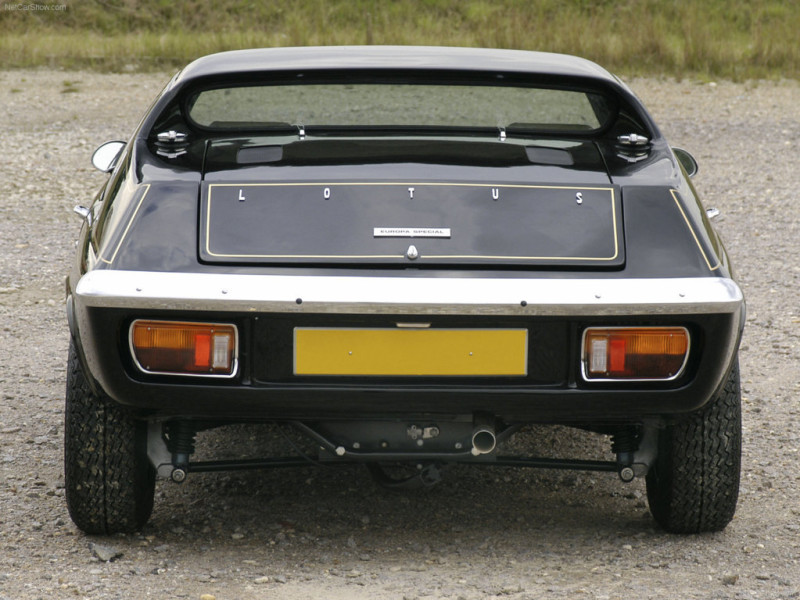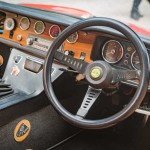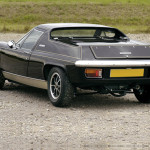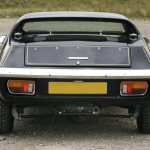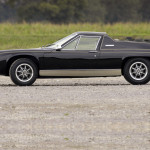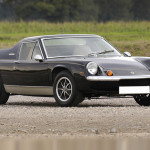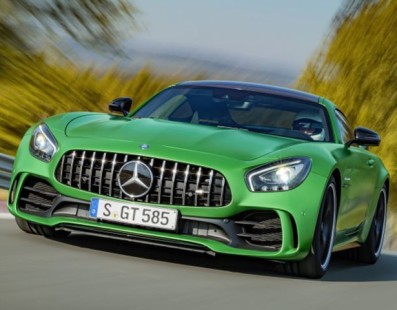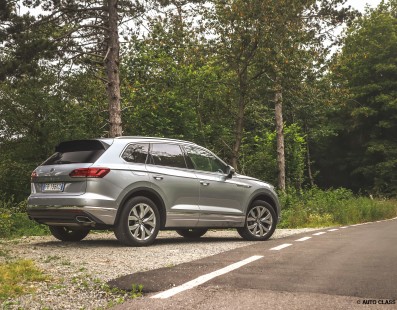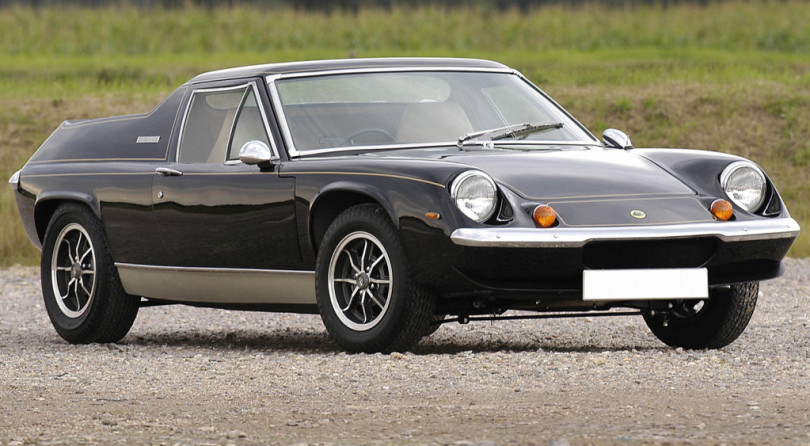
Lotus Europa: I Am Not An Ugly Duckling
LOTUS EUROPA
I AM NOT AN UGLY DUCKLING
Words: Roberto Marrone
It’s been 50 years since Lotus introduced the Europe. A car borrowing a very strange design, with the side and back profiles that seemed taken from a van, but very low hugging the rear wheels; it was an ultra-light car, as the philosophy of its founder Colin Champan imposed, mid-engined (the first produced on large scale) and produced in two series called Type 46 and Type 54, or simply Series 1 and Series 2.
The project was born a few years earlier, precisely in 1963, by the pencil of Ron Hickman who was also the director of Lotus Engineering at the time. The Europa offered an aerodynamic coefficient of 0.29 – a figure still very remarkable for today’s standards – and a reduced weight of only 686 kg allowed the small engine to boast quite impressive performance. The frame consisted of a central boxed steel element that also supported the engine and suspension, the transmission is inside, while the body was made of fiberglass panels glued to the frame. In certain solutions it was closely inspired by the Formula 1 of the era, in fact the suspensions were all independent with a “Y” frame. The first model was put on the market in December 1966 and even the journalists who tested it considered it very similar to a racing cars thanks to the driving feedbacks the car was able to transmit to the driver. Of course, especially in the cabin, everything was very raw, the finishes were almost non-existent, pedals were very close one to each others, but even if switches and pressure gauges could appear not very beautiful, the instrumentation was complete. The Renault engine, that of the R16 model, was an evolution of the 1,470 cc, offering many more horsepower (82 instead of 52) and was mounted longitudinally. The gearbox was a four-speed gears and the S1 reached 180 kph, offering extraordinary drivability.
The first 296 units were really extreme, as they had no opening windows, seats were fixed too and the fiberglass chassis was made in one single piece. Of the S1A version, which will later become S1B due to updates that we find on the following models, 342 units were built. The Series 2 arrives in April 1968, as the engine remains unchanged, but inside we now have more comfort, a dashboard finished with wooden inserts, electric windows and fully adjustable seats. At the specific request of the insurance industries, Lotus had to replace the joints of the frame, passing from resin glue to the more traditional bolts. For the American market a small number of specimens were further modified, while in 1969 the S2 Federal offered modifications to the chassis, body and engine in order to meet the strict American standards. Compensating a more consistent weight, displacement was raised to 1,565 cc and top speed reached 187 kph. In 1971 it was time for the Type 74 Twin Cam, with a 1,558 cc engine developing 115 hp and fitted with a new Renault gearbox; the body was also slightly modified to improve rear visibility and 1,580 pieces were produced. Other changes followed with the arrival of the Europa Special, fitted with Dellorto Weber carburetors, a 5-speed gearbox (still Renault) and boasting 126 hp. With a weight of 740 kg it is able to reach 198 kph and production reached 3,130 units.
In honor of the golden days experienced in Formula 1, some of them were made with black and gold JPS livery. The Lotus Europa was born to compete, the version used since 1966 was a Type 47 with a 165-hp engine, a Cosworth-derived 1,594 cc, with a 5-speed Hewland gearbox. Impressive success already at its debut at Brands Hatch, with Miles and J. Oliver at the wheel. Fans, however, had to wait until 1971, for having a DOHC road legal version. The Europa remained into production until 1975 and there were about 9,300 units produced. Today, in particular the first series S1 is a very sought-after piece by collectors and its unusual shape further accentuates the exoticism of a project that has really gone through an era, without losing even a shred of its desire to run fast , on the road as much as on track.

